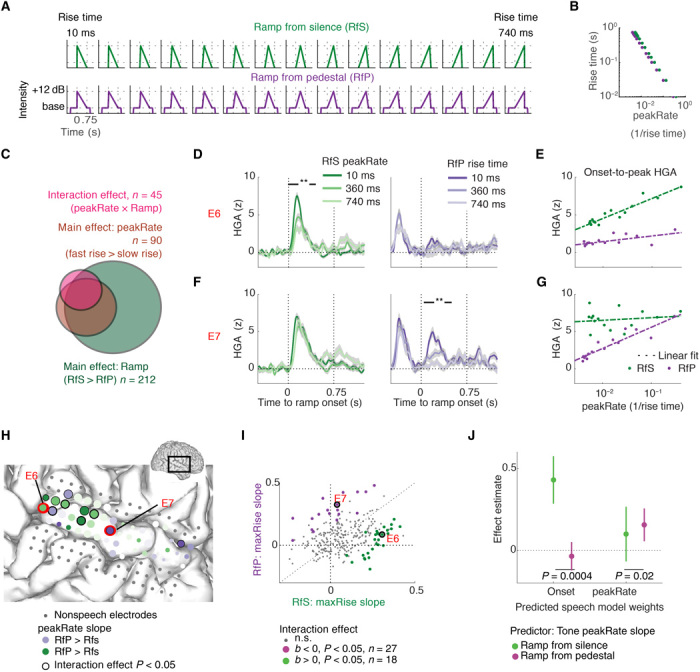Fig. 5. STG encoding of amplitude modulations in nonspeech tones in onsets and in ongoing sounds.

(A) Tone stimuli used in the nonspeech experiment. Rate of amplitude rise is manipulated parametrically, but peak amplitude and total tone duration are matched. (B) Relationship between ramp rise time and peakRate defined as for the speech stimuli. The peakRate value was reached immediately at ramp onset, as ramp amplitude rose linearly. (C) Effect distribution across all electrodes. Eighteen percent of all electrodes showed a significant interaction effect between ramp type and peakRate, in addition to 72% showing a main effect of ramp type and 36% showing a main effect of peakRate. (D) HGA responses to tones with three selected ramp rise times under ramp-from-silence (RfS; left) and ramp-from-pedestal (RfP; right) conditions in example electrode E6, **P < 0.05. (E) Onset-to-peak HGA in electrode E6 as function of ramp peakRate, separately for ramp-from-silence and ramp-from-pedestal conditions. E6 codes for amplitude rate of change under ramp-from-silence condition but not under ramp-from-pedestal condition. (F) Same as (C), for example electrode E7, **P < 0.05. (G) Same as (D), for example electrode E7. E7 codes for amplitude rate of change under ramp-from-pedestal condition but not under ramp-from-silence condition. (H) Temporal lobe grid from an example patient, with example electrodes E6 and E7 marked in red. Electrode color codes for relative magnitude of the peakRate effect on peak HGA under tone conditions. The purple electrodes’ HGA was more affected by peakRate under ramp-from-pedestal condition, and the green electrodes’ HGA was correlated with peakRate values under ramp-from-silence condition more than under ramp-from-pedestal condition. Electrode size reflects maximal onset-to-peak HGA across all conditions. (I) Slopes of peakRate effects on peak HGA, separately for each ramp condition. In colored electrodes, the ramp condition × peakRate interaction was significant. Two distinct subsets of electrodes code for rate of amplitude change under one of the two conditions only. (J) Linear weights from a multiple regression model that predicted onset and peakRate linear weights in the speech model from peakRate slopes in tone model across electrodes. Representation of amplitude modulations at onsets and in ongoing sounds is shared in speech and in nonspeech tones. Encoding of peakRate for envelope rises from silence is dissociated from peakRate encoding in ongoing sounds, in speech and in nonspeech tone stimuli.
